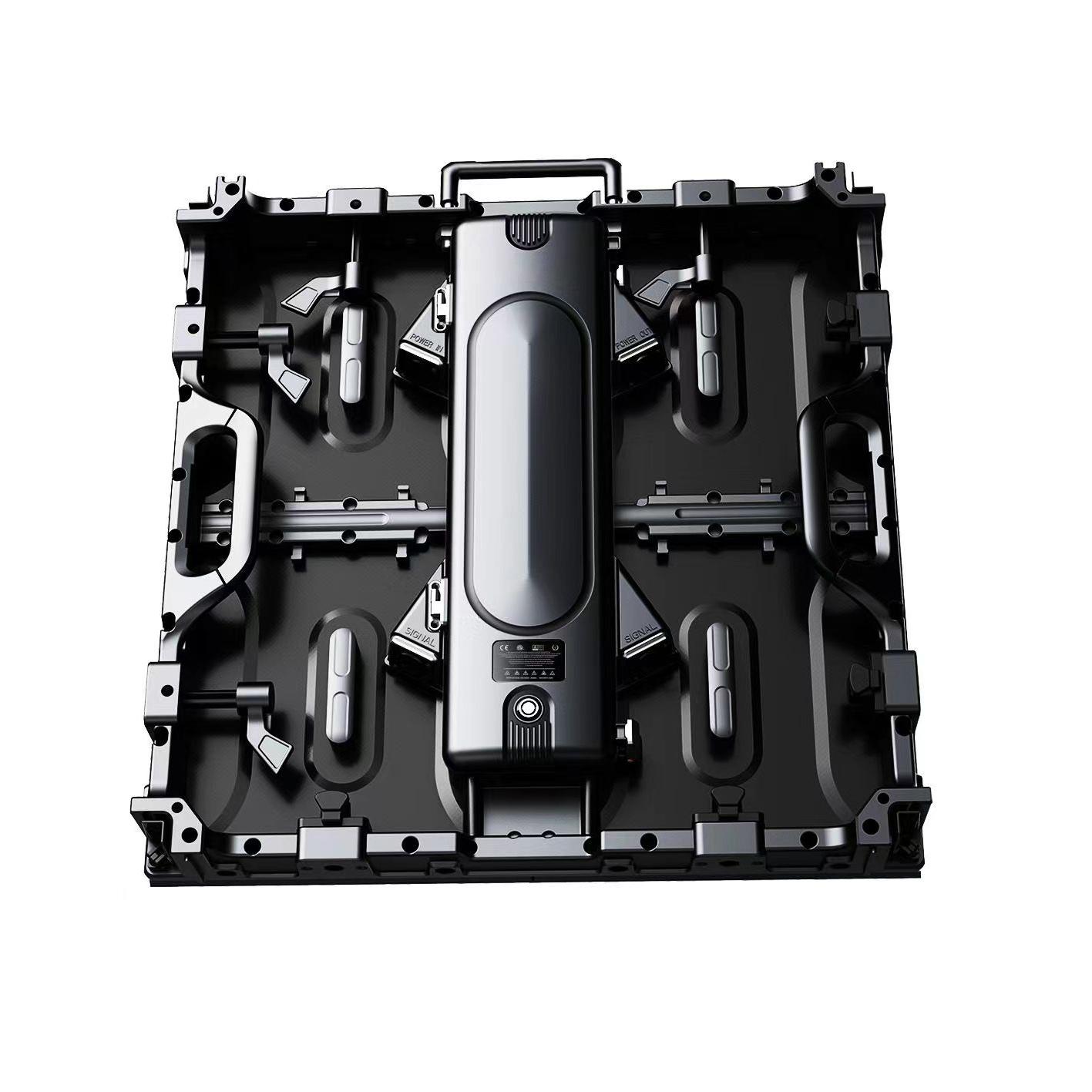Outdoor advertising has evolved tremendously over the years, with LED display screens becoming one of the most effective and popular options. These vibrant, high-tech displays are perfect for engaging audiences in outdoor settings such as busy streets, shopping districts, and sports stadiums. In this blog, we’ll explore the benefits, features, and key considerations for using LED display screens for outdoor advertising.
What is an Outdoor LED Display Screen?
An outdoor LED display screen is a large digital billboard that uses light-emitting diodes (LEDs) to project images, videos, and animations. These screens are specifically designed to withstand outdoor conditions, providing bright, high-resolution displays that can be seen clearly even in direct sunlight.

Advantages of Using Outdoor LED Displays for Advertising
High Visibility and Brightness LED screens are known for their high brightness levels, which make them perfect for outdoor settings where natural light could diminish the visibility of other types of displays. With adjustable brightness features, outdoor LED screens ensure that your advertisements remain visible both day and night.
Dynamic Content LED displays allow for dynamic content, including videos, animations, and rotating images. This flexibility enables advertisers to showcase multiple messages in a short span, capturing the attention of a moving audience more effectively than static billboards.
Weather Resistance Outdoor LED screens are designed to be durable and weather-resistant. They come with IP-rated enclosures that protect against rain, dust, and extreme temperatures, ensuring that the screen remains functional in various environmental conditions.
Cost-Effective in the Long Run While the initial investment in an LED screen might be higher than traditional signage, the ability to run multiple advertisements without extra printing costs makes them cost-effective in the long term. Additionally, their long lifespan and energy efficiency reduce maintenance and operational costs.
Easy Content Updates Advertisers can easily update the content displayed on an LED screen remotely. This is particularly beneficial for businesses running time-sensitive campaigns or promotions. Real-time updates and the ability to change ads frequently make LED screens an agile advertising solution.
Key Features of Outdoor LED Display Screens
High Resolution and Pixel Pitch Resolution and pixel pitch are critical when choosing an LED display for outdoor advertising. Pixel pitch refers to the distance between two adjacent pixels. A smaller pixel pitch provides higher resolution, offering clearer and more detailed visuals, even at closer viewing distances. For large-scale outdoor screens, a pixel pitch of P6 to P10 is commonly used, depending on the size and viewing distance.
Brightness and Contrast Ratio Outdoor LED screens require higher brightness levels (often exceeding 5000 nits) to compete with sunlight. Contrast ratios also play a significant role in the clarity and sharpness of the displayed content. Opting for a screen with a high contrast ratio ensures vibrant and eye-catching advertisements.
Durability and IP Rating Outdoor LED screens must have a high IP rating (Ingress Protection), which ensures they are protected from the elements. Look for displays with an IP65 or higher rating for water and dust resistance.
Energy Efficiency LED technology is inherently energy-efficient, but outdoor LED screens often operate for long periods, making energy consumption a crucial factor. Modern LED screens come equipped with energy-saving technology, such as automatic brightness adjustment, to minimize power usage.
Viewing Angle The wider the viewing angle, the more people can see the content clearly from different positions. Outdoor screens typically have viewing angles of 120 to 160 degrees, ensuring maximum visibility in busy areas.
Factors to Consider When Choosing an Outdoor LED Display
Location and Size The location of your screen and the size of the display should be aligned with your advertising goals. A larger screen is more appropriate for high-traffic areas where you want to grab attention from a distance, while a smaller screen may work well in areas with closer foot traffic.
Content Type Understanding the type of content you plan to display is essential for selecting the right resolution and screen size. If you plan to display detailed videos or animations, a higher resolution is necessary to ensure your message is communicated effectively.
Installation and Maintenance Ensure that the display is easy to install and maintain. Outdoor LED screens require regular maintenance to ensure longevity and optimal performance, so choosing a provider that offers reliable service and support is crucial.
Power Consumption Be mindful of the power requirements of your LED screen. Energy-efficient models may have a higher upfront cost, but they will save money on electricity bills over time, making them a more economical choice in the long run.
Applications of Outdoor LED Displays in Advertising
Billboards One of the most common uses for outdoor LED screens is digital billboards. Positioned on highways, in urban centers, and near shopping districts, these billboards are perfect for advertising products, services, and events.
Transit Advertising LED screens are often installed in transportation hubs, such as bus stops, train stations, and airports. These high-traffic areas offer great exposure for advertisements, reaching diverse audiences throughout the day.
Sports Arenas and Concert Venues LED displays in sports arenas and concert venues serve dual purposes: displaying live event content and showing advertisements during breaks. This maximizes brand exposure to a captive audience.
Retail and Mall Advertising LED displays positioned outside shopping malls and retail centers can attract shoppers with vibrant, attention-grabbing ads. These displays are particularly effective for promoting sales and special offers.
Conclusion
Outdoor LED display screens are revolutionizing the advertising industry by offering high visibility, dynamic content capabilities, and cost-effective, long-term solutions. Whether for a billboard in a bustling city or a promotional screen outside a retail store, these screens can significantly enhance the impact of any advertising campaign.
By choosing the right screen size, resolution, and ensuring proper maintenance, advertisers can create a captivating outdoor presence that captures attention and drives engagement.
Post time: Oct-10-2024

